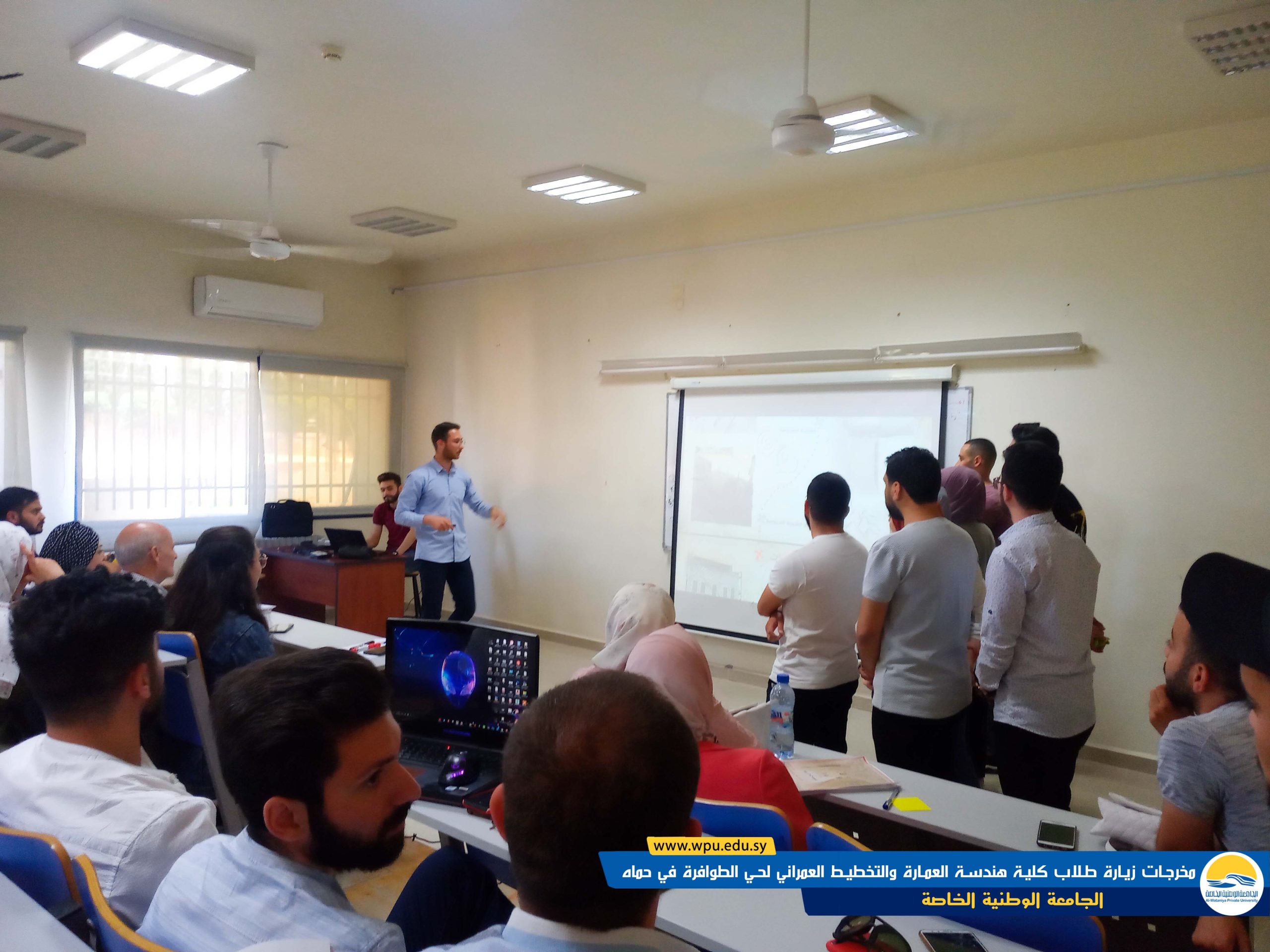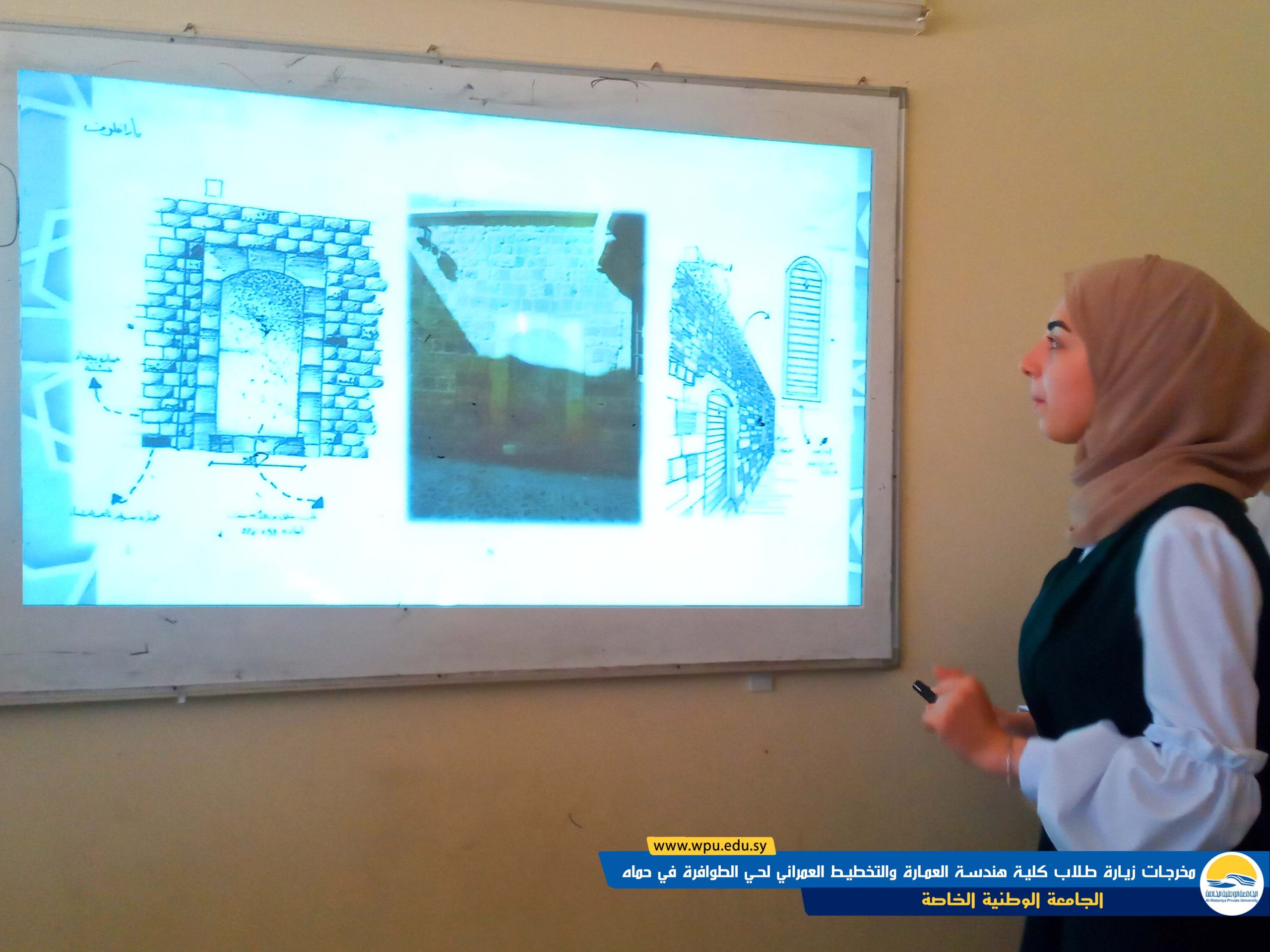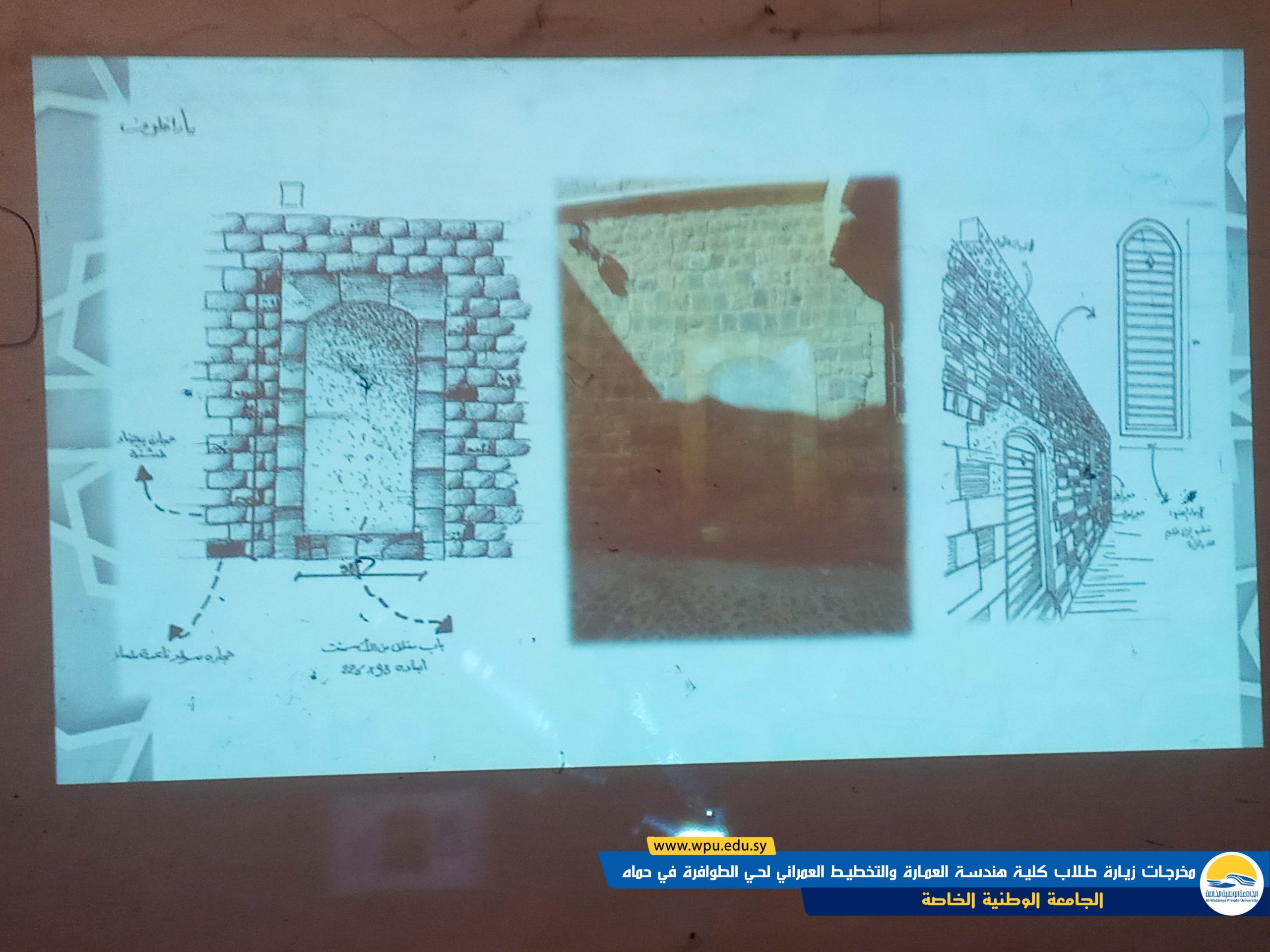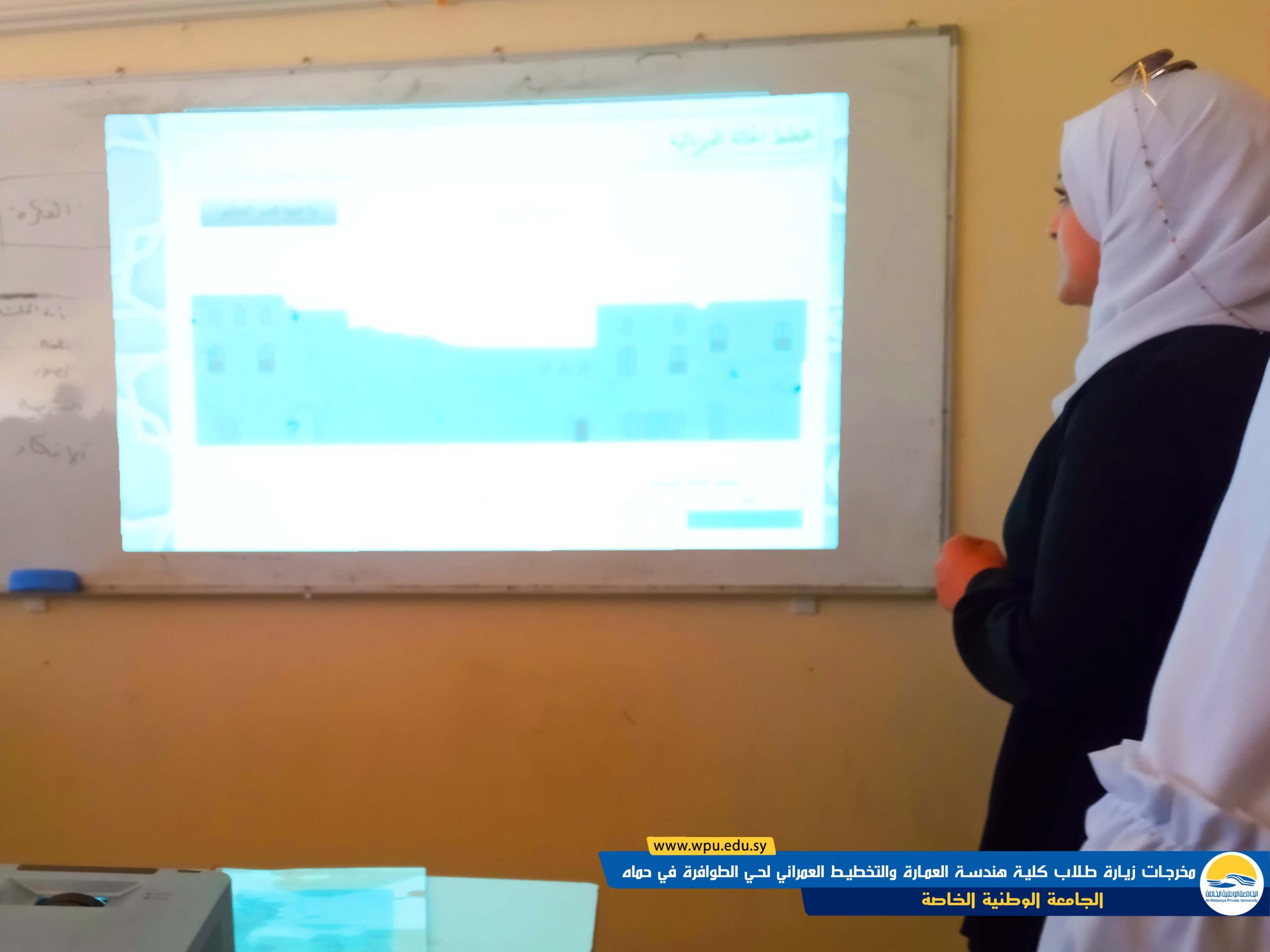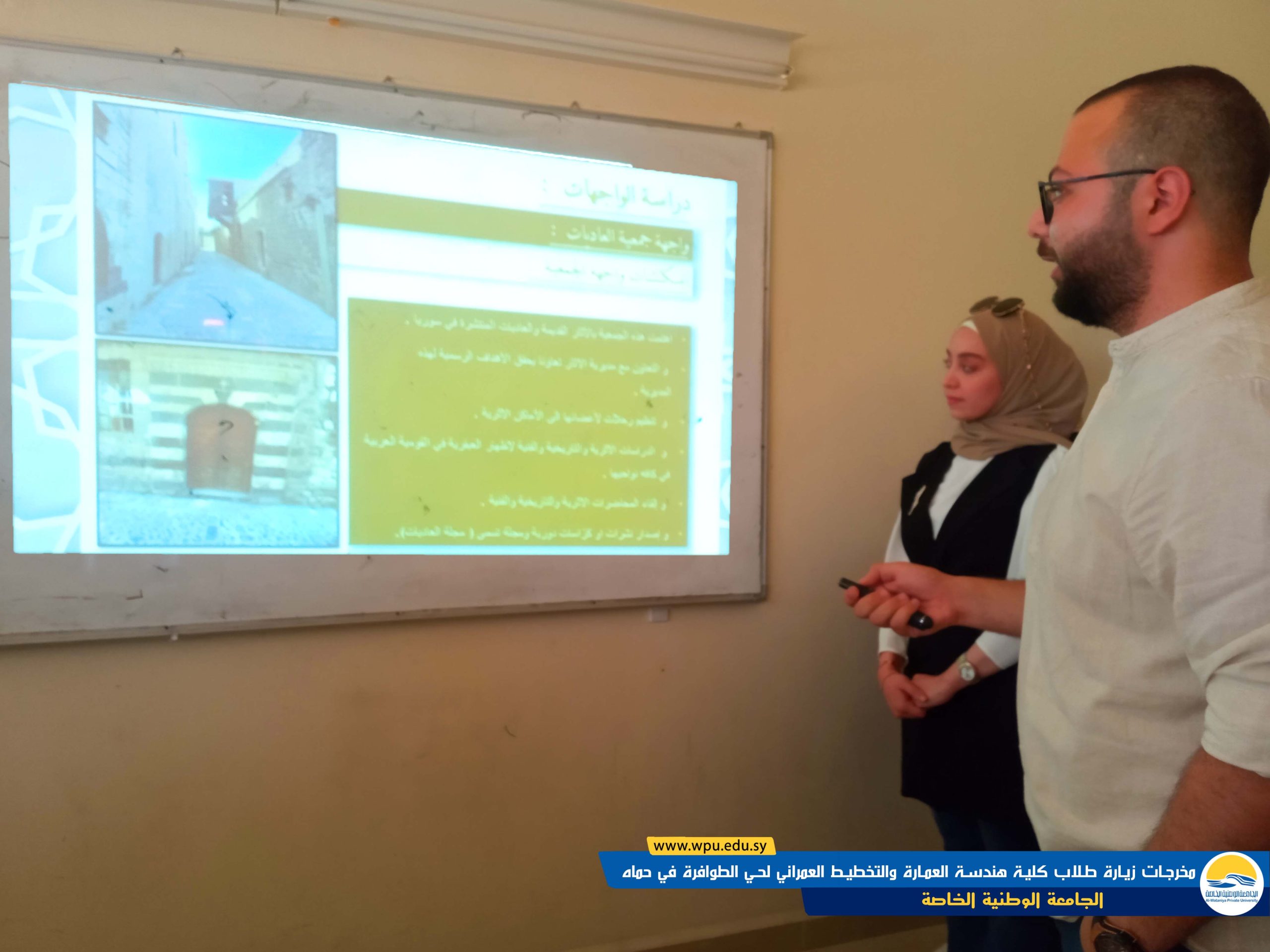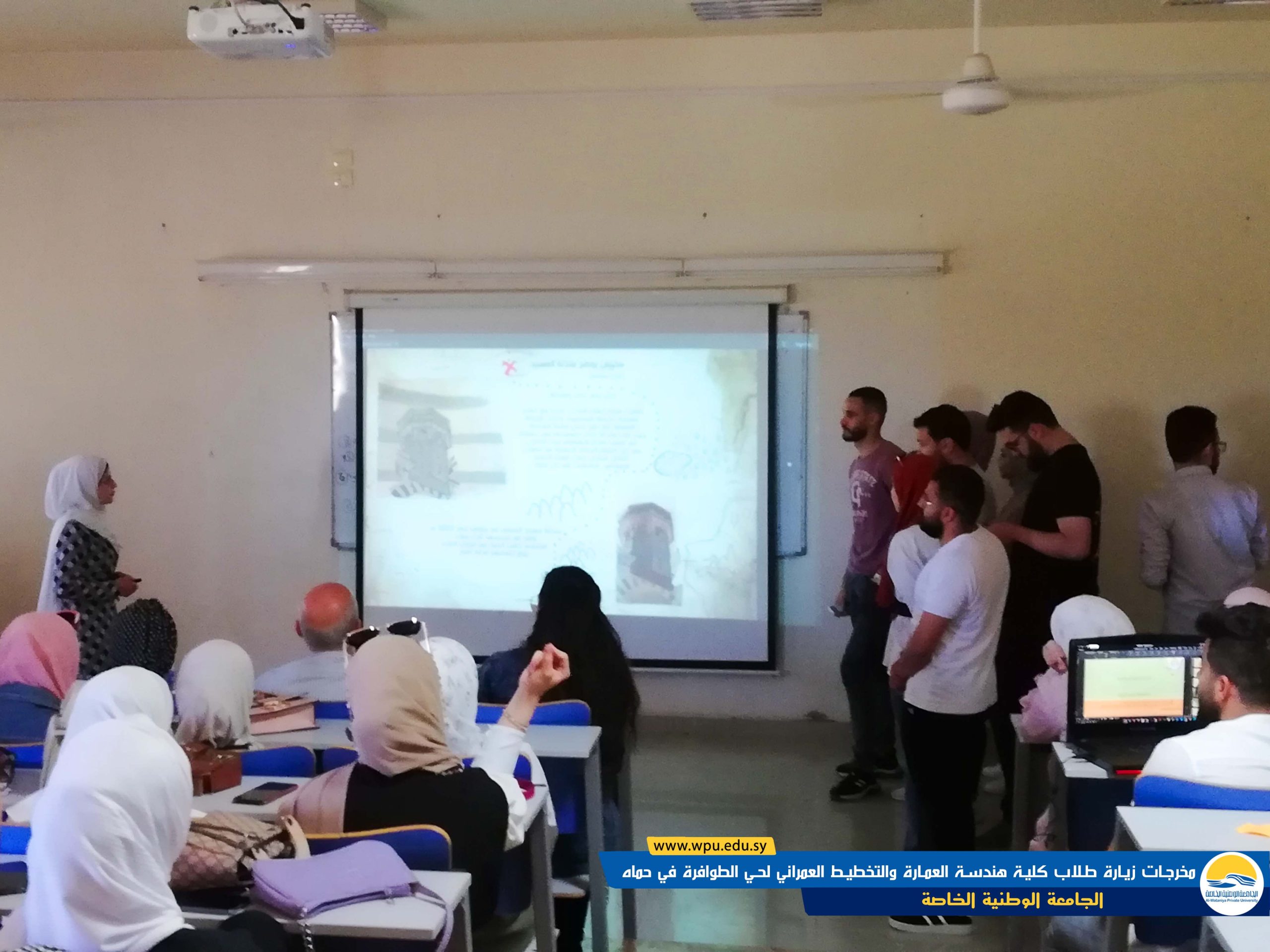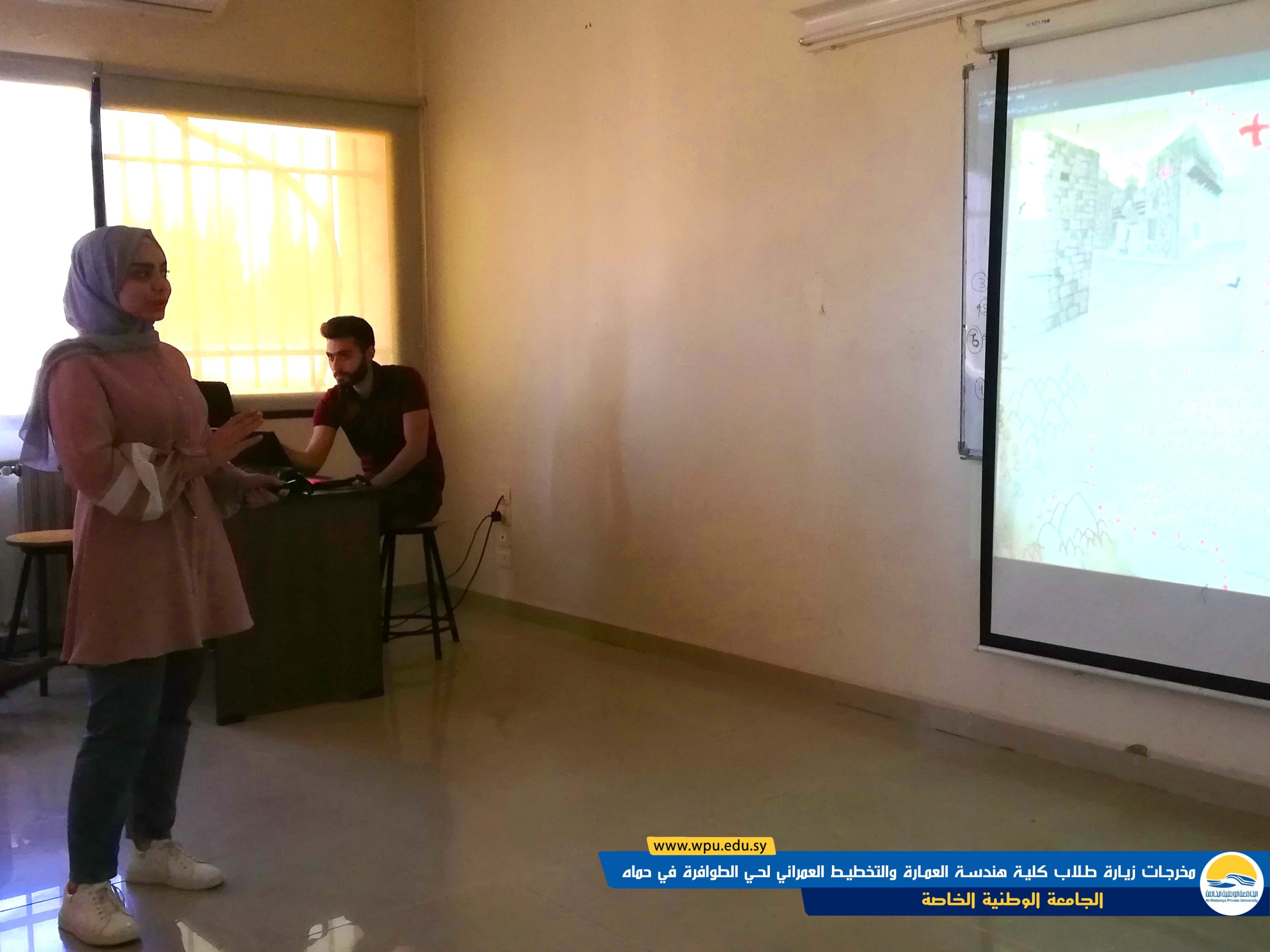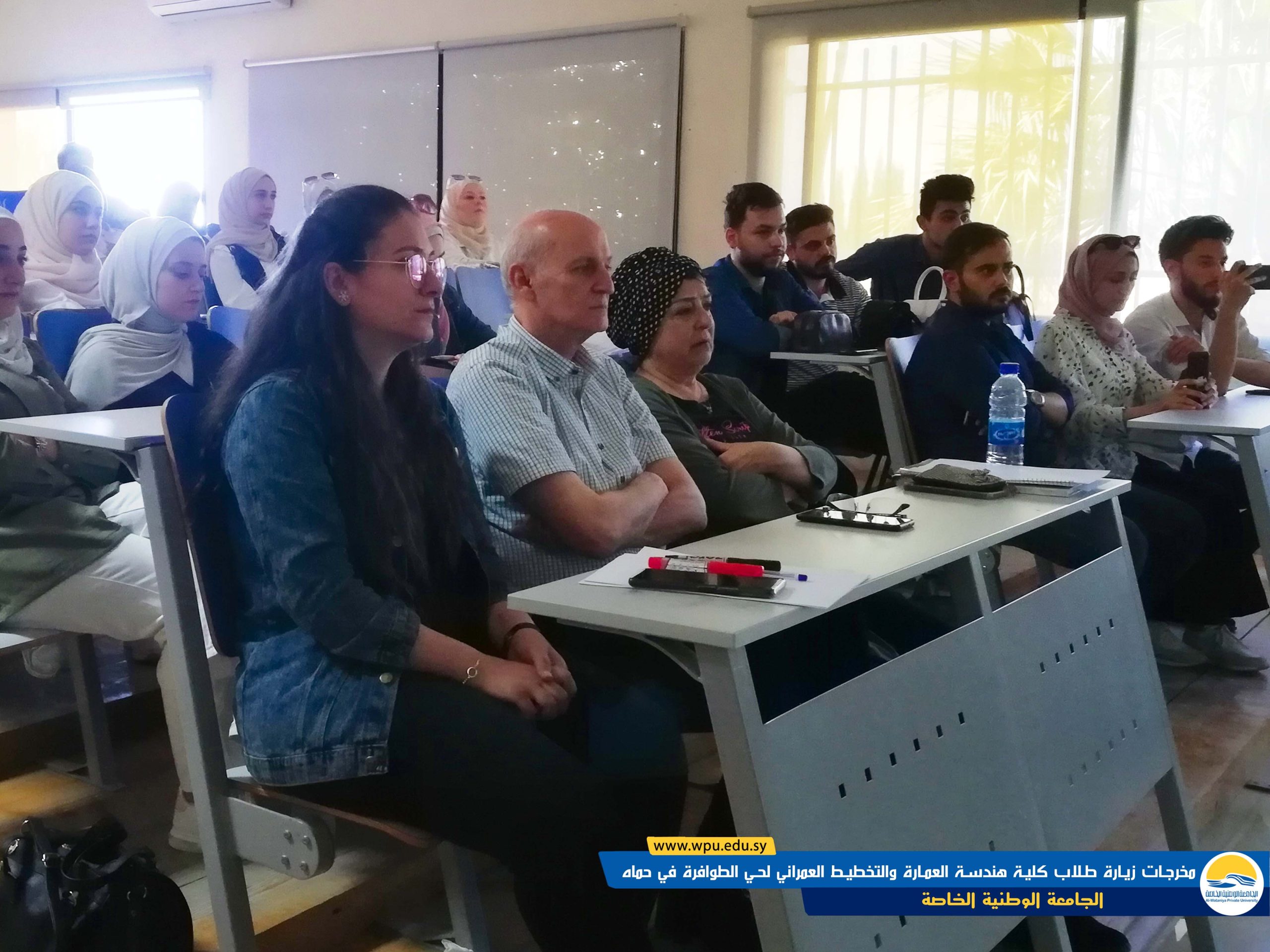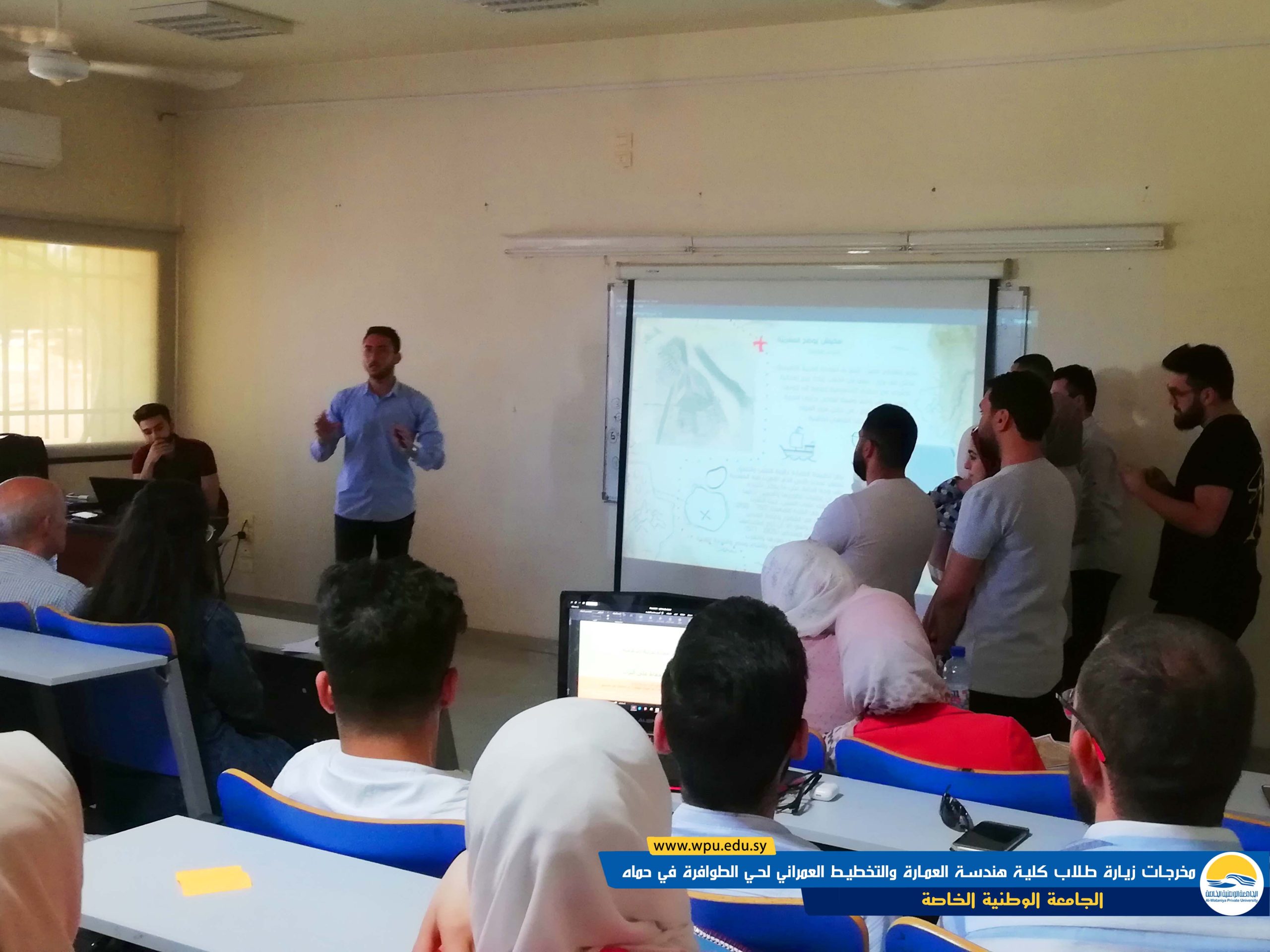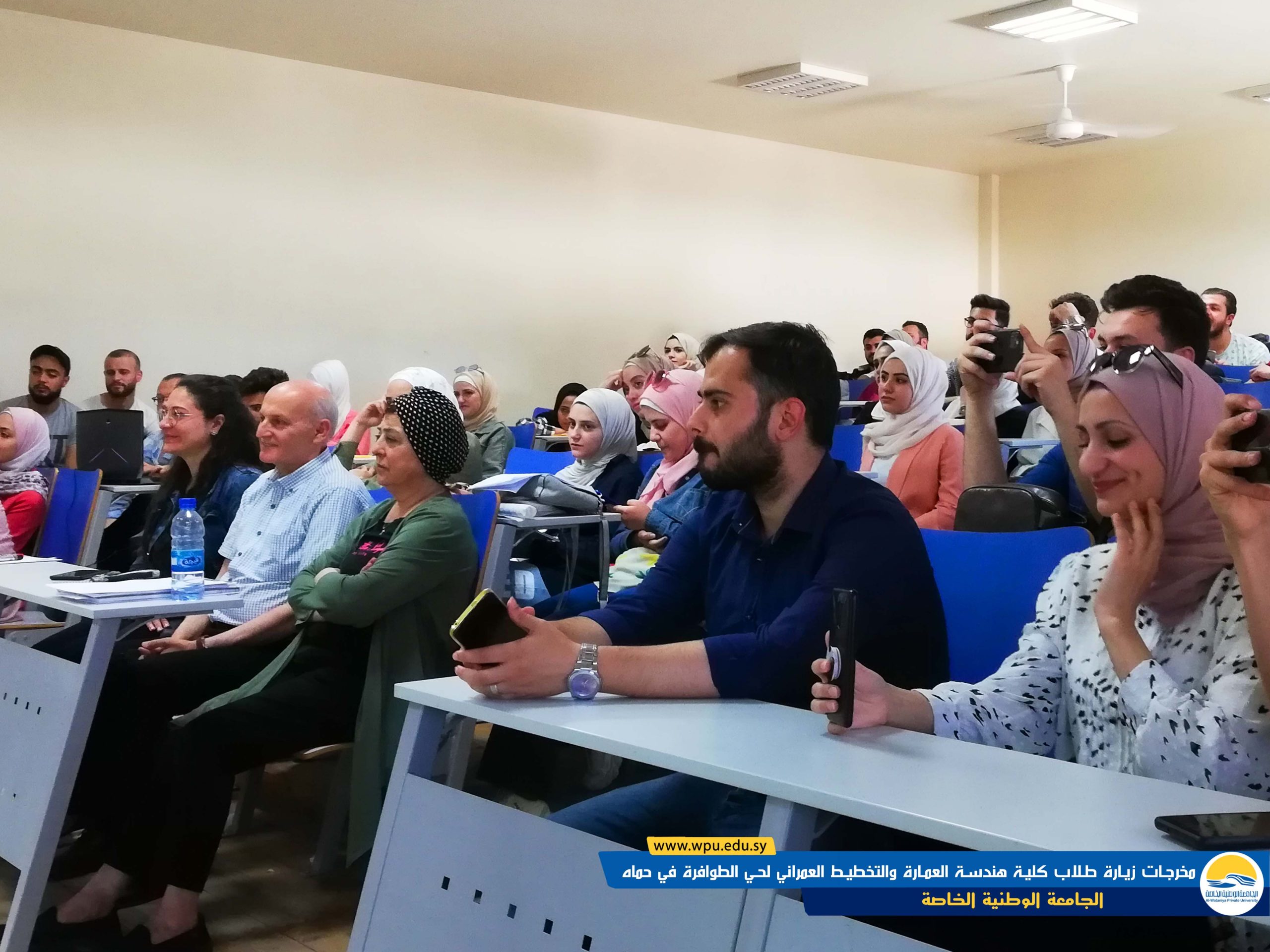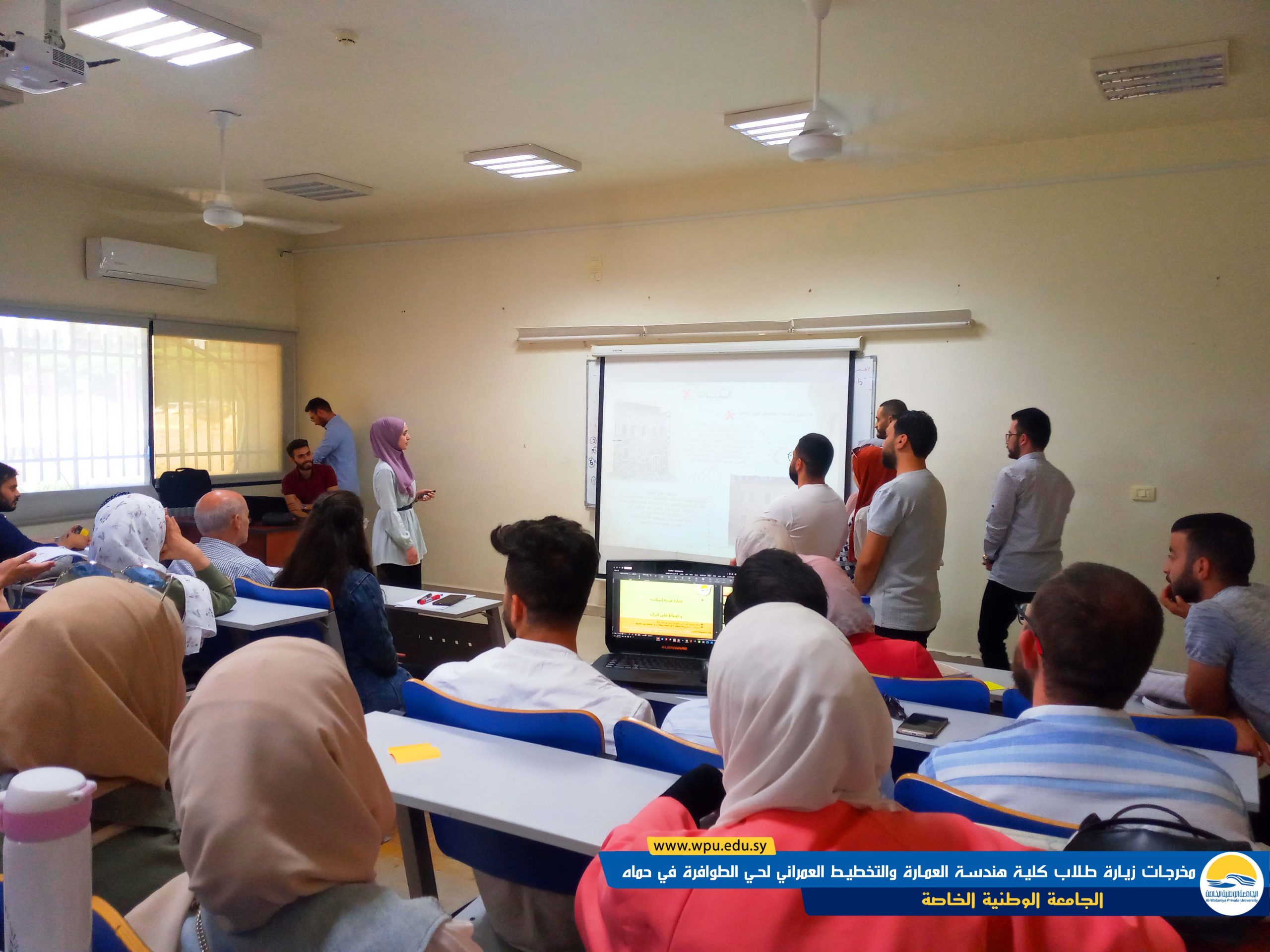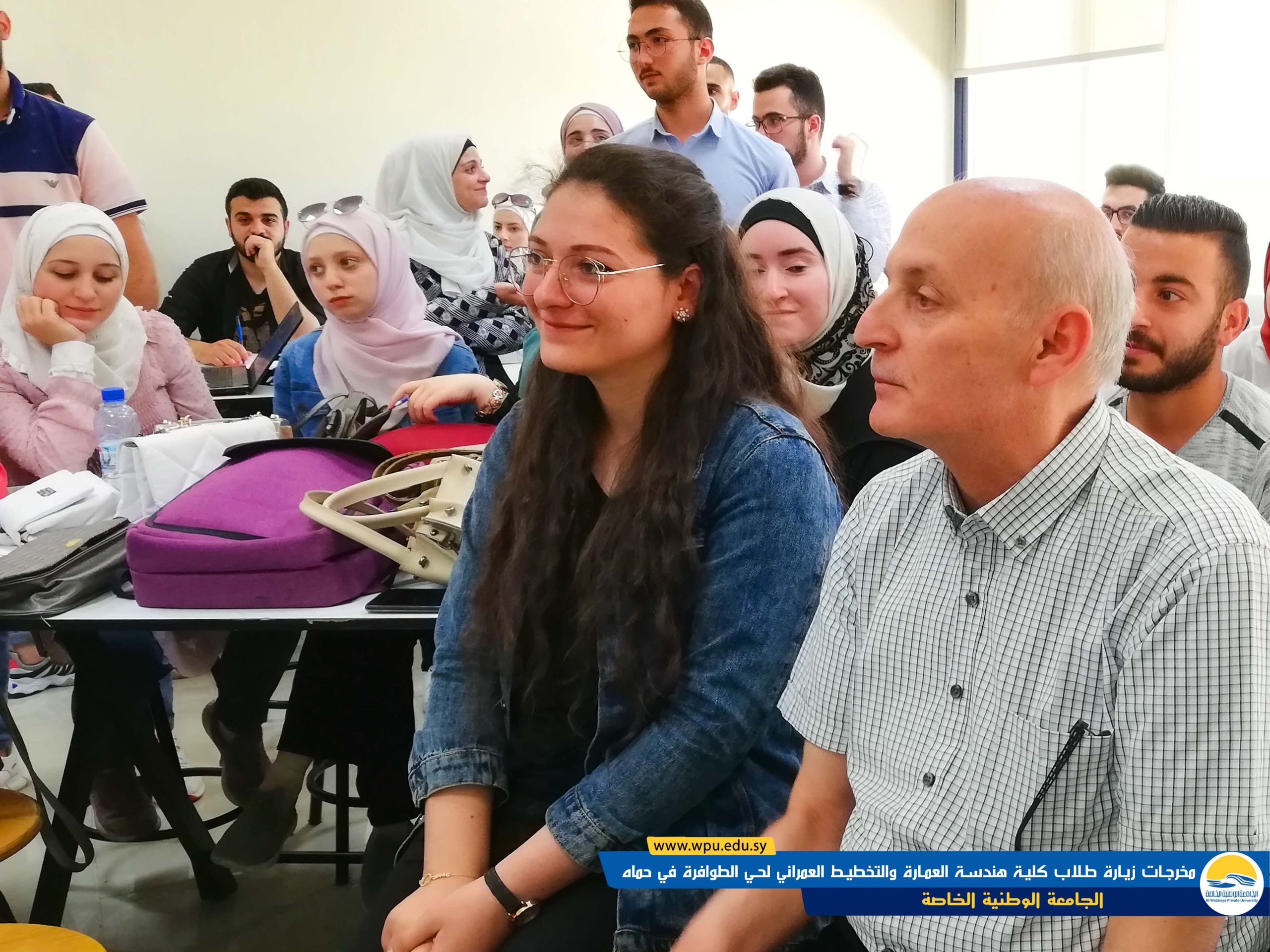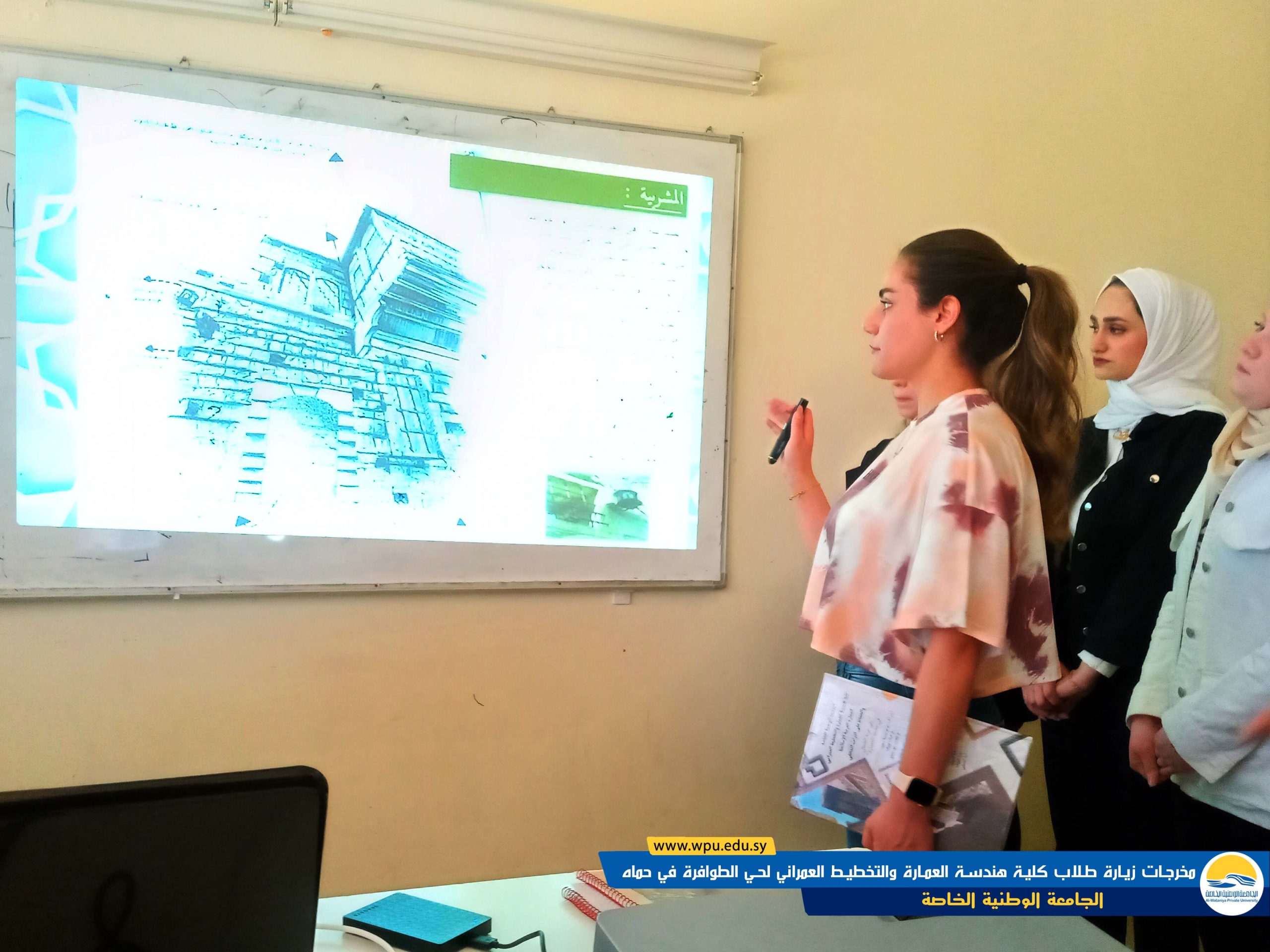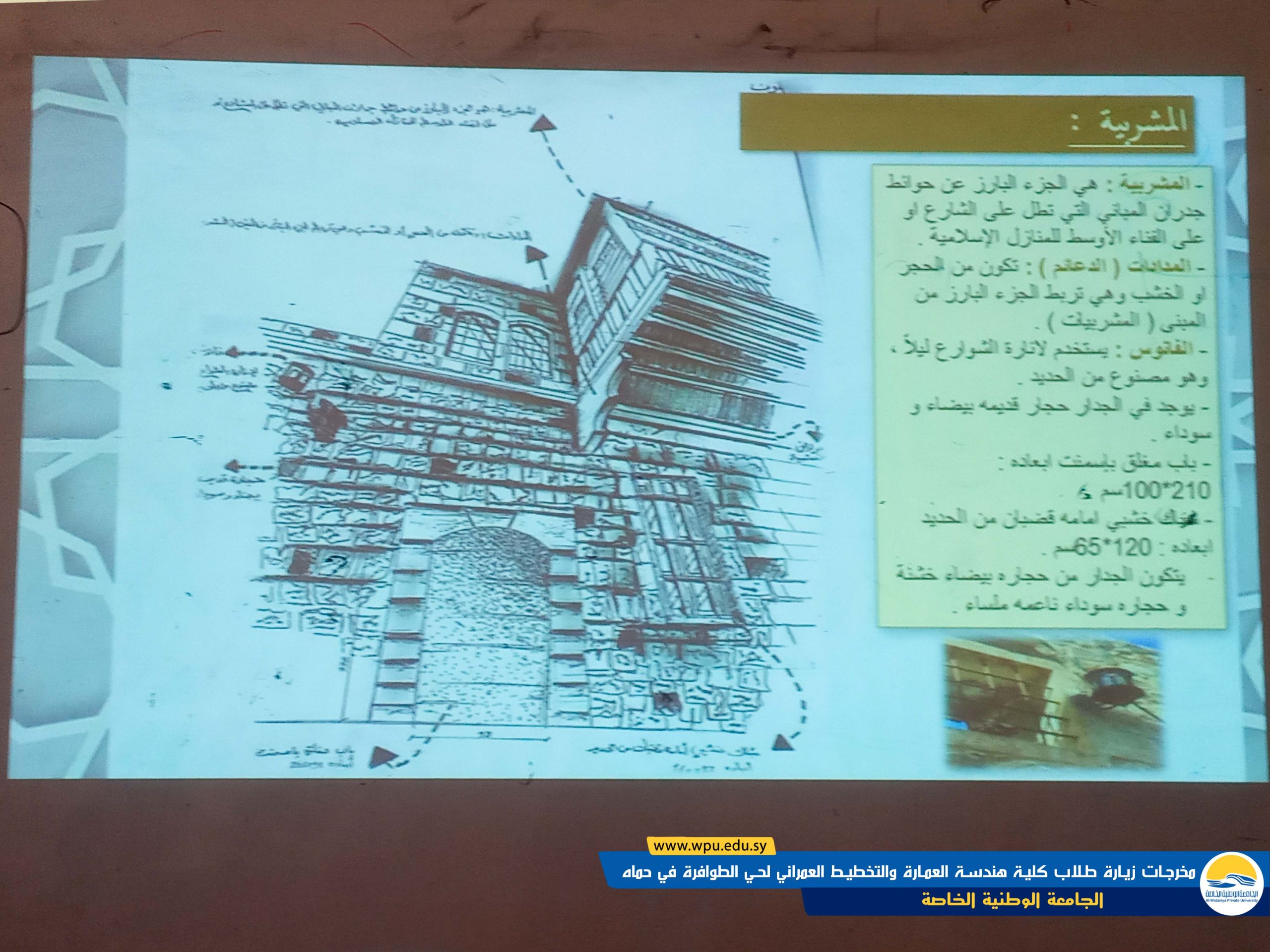كلية هندسة العمارة والتخطيط العمراني
الجامعة الوطنية الخاصة
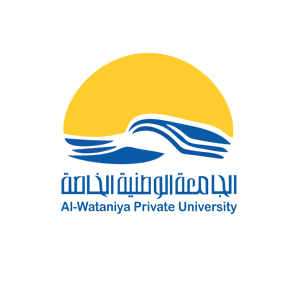
Faculty of Architectural Engineering
Al-Wataniya Private University
- Practical Session in Professional Photographic Imaging for Orthodontics
- Scientific Visit of Students from the Applied College in Hama to Al-Wataniya Private University
- The Annual General Assembly Meeting of the Al-Wataniya Company for Science and Development
- Launch of the Second Edition of the "Best Referenced Scientific Article" Competition with an Extended Submission Deadline
- The Faculty of Architecture and Urban Planning Organizes Student Training Courses on Architectural Design Programs AutoCAD and 3DMax
- Al-Wataniya Private University Hosts Orientation on Syrian Youth Empowerment Initiative
- Launch of the First International Conference at the Al-Wataniya Private University "Higher Education in Syria Towards Global Excellence"
- Program of the First International Conference "Higher Education in Syria Towards Global Excellence"
- Al-Wataniya Private University's Quality and Accreditation Directorate Holds Meetings on Policy Development
- Quality and Accreditation Directorate at Al-Wataniya Private University Holds a Valuable Scientific Lecture Titled: Risk Management in Educational Institutions
Dean Speech
Message & Vision
Goals
Administrative Committee
Teaching Committee
Technical Committee
Section & Laboratories
Activities
Scientific Researches
Book
The outputs of the visit of the students of the College of Architecture to the Tawaffra neighbourhood of Hama”
Not only must we look at the future and its architectural development, but we must look at the ancient monuments that our grandparents and parents have built for their scientific and moral value.”
The Dean of the Faculty of Architecture Engineering and Urban Planning, Dr. Safwat Basha, spoke about the importance of the training trip carried out by the Faculty to the Tawaffra neighbourhood of Hama within the course of Islamic Architecture under the supervision of Dr. Naseiba Said and Engineer Ghaithaa Nieof and Engineer Mohammed Nur Mesto.
The participating students prepared a demonstration PowerPoint showing the graphic sketches of the main axis in the Tawaffra neighbourhood, explaining the elements in it in terms of (age – materials used in it – openings their shapes, models and architectural coverage methods).
Dr. Safwat Basha also emphasized the value of the interactive scientific session on the content of the scientific visit as “Reflects students’ understanding of the urban planning of the neighbourhood with its building materials, motion axes, shading and engineering design” He added that familiarizing students with this heritage will enable them to compare modern and ancient heritage buildings in terms of architectural design and touch changes in architecture science and its applications on the ground.
In the same vein, students shared with each other the most prominent engineering information from the training journey, highlighting in their presentation some of the architectural design hubs of the heritage neighbourhood, after they transformed the graphic sketches and worked on the programs (AutoCAD, Photoshop, 3D MAX) to reflect their scientific and artistic vision about the architectural elements previously seen in protecting
In turn, Professor Ghaithaa Neiof explained that the scientific objective of the interactive sessions is to upgrade the scientific level of the fourth year students in the college and to enable them to display, dump and prepare them well for the presentation of graduation projects at a later stage.
The importance of such scientific visits attached to interactive panel sessions is reflected in their ability to strengthen students’ practical experiences and link the academic aspect to the process for the greatest tangible benefit. These heritage architectural neighbourhoods in their dimensions, artistic and aesthetic elements form the basis of modern architecture science.
